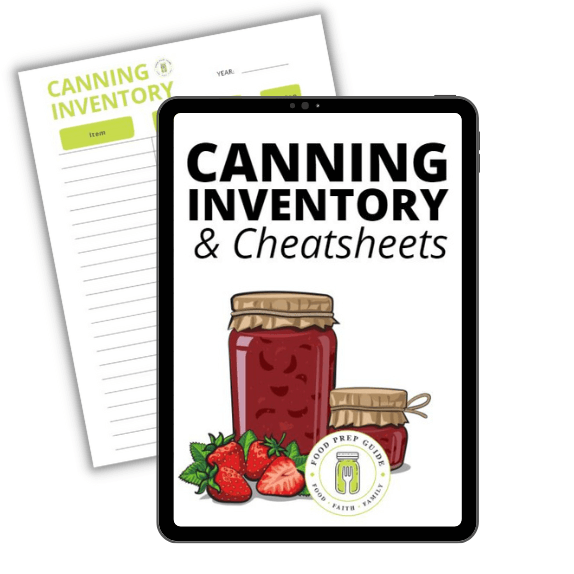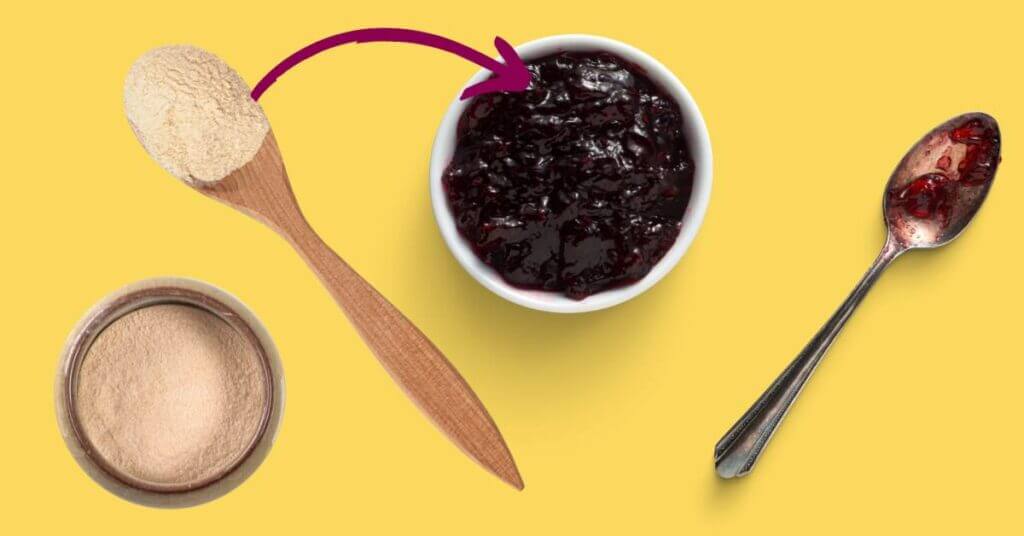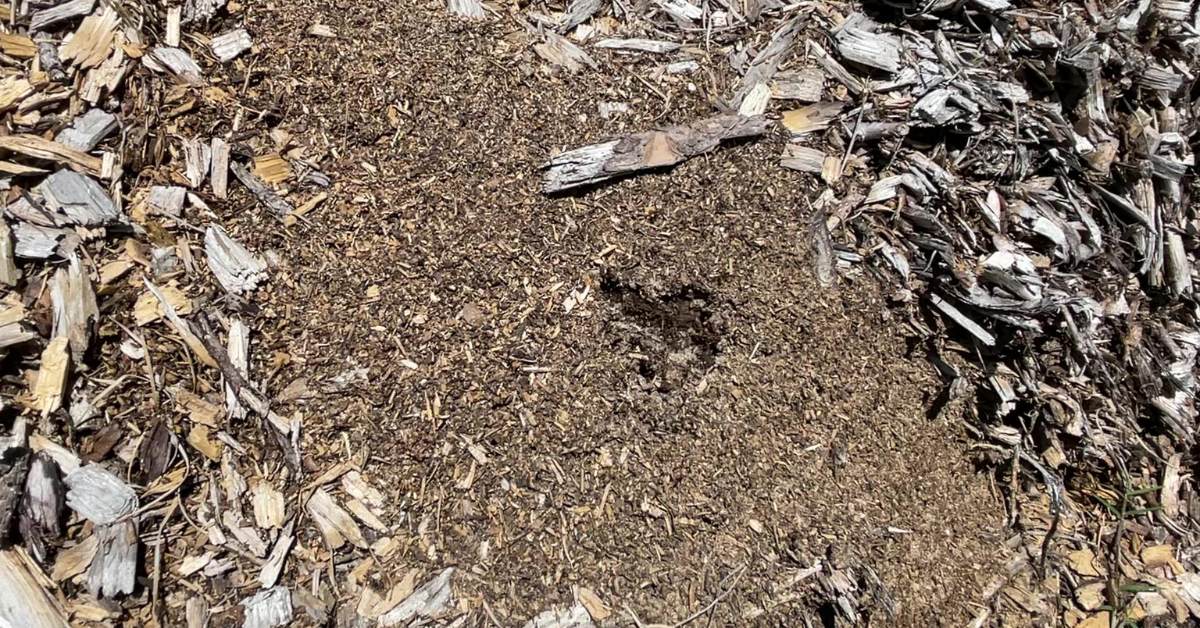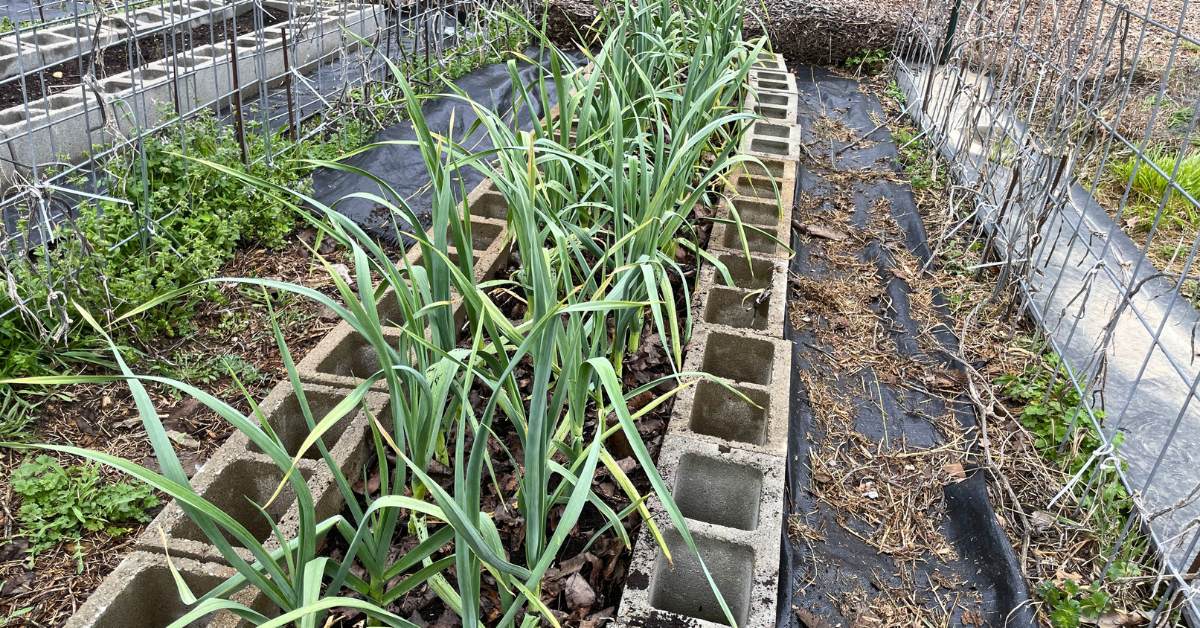If you plan on making your own jam or jelly, you need to know about pectin.
In this post, we’ll talk about a few options and share the type of pectin we use for canning.
What is Pectin?
Pectin is a soluble fiber found in various plants—most abundantly in apples, plums, and the peel and pulp of citrus fruits.
It is an essential ingredient in jams and jellies, as it aids in thickening and setting them.
Pectin not only improves the texture of your homemade jams but also reduces your cooking time.
Commercial pectin is typically derived from apple pomace or citrus peels and is available in liquid or powdered form. There are also low-sugar pectin variations that activate without adding sugar to the recipe, making them a healthier option.
This is the pectin I recommend:
- Used to make cooked jams and jellies.
- Provides the jelly-like consistency to jams, jellies, and marmalades
- Buy in bulk and save.
- Hoosier Hill Farm Brand. Your satisfaction is d.
- 2 lb bag Hoosier Hill fruit pec
Prices pulled from the Amazon Product Advertising API on:
Product prices and availability are accurate as of the date/time indicated and are subject to change. Any price and availability information displayed on [relevant Amazon Site(s), as applicable] at the time of purchase will apply to the purchase of this product.
If you’d like to purchase it at the store, the common brand name for fruit pectin is Sure Jell, and it’s usually located near the canning supplies.
Pectin’s nutritional content is minimal, and it doesn’t alter the flavor of the jam.
An alternative to commercial pectin is homemade pectin, which can be made by cooking down apples or high-pectin fruits.
This natural substitute is a great option for those looking for a more organic and less processed solution to thicken their jams and jellies.
What Does Pectin Do for Jam?
Role in Gel Formation
When heated, pectin provides structure, helping your homemade preserves set properly. As you make your jam, a combination of pectin, sugar, acid, and heat is essential for achieving the right consistency.
While fruits contain varying amounts of natural pectin, adding commercial pectin can help reduce cooking time and ensure a good gel formation.
Effect on Texture and Consistency
The addition of pectin to your jam contributes to the overall texture and consistency. By using pectin, you can achieve a thicker, less runny product that maintains its shape better when spread.
Furthermore, pectin enables you to cook your jam for a shorter time, which can result in a brighter color and fresher fruit flavor.

Is Pectin in Jam Bad for You?
Being a natural component of fruits, pectin itself is not harmful to your health.
However, it’s worth noting that some commercially available pectin products might contain additives or preservatives that could raise concerns.
When making jam at home, you can choose to use store-bought pectin or rely on the natural pectin content of the fruits themselves. Here’s a recipe for pectin-free blueberry jam.
Overall, pectin itself isn’t “bad.” The key is to be aware of any additives in commercial pectin products.
What Can I Use Instead of Pectin?
One option is to use homemade pectin made from tart green apples. Ripe green apples are rich in natural pectin, making them a healthy and accessible alternative. To make your own pectin, you’ll need a good supply of tart green apples and a little patience, but the result will be worth it.
If you won’t be canning your jam, you have more options. These are great for refrigerator and freezer-style jellies and jams:
Chia seeds are excellent substitute. As a superfood, chia seeds not only add nutritional value to your jam but also help with the setting process.
Gelatin is a high-protein alternative to pectin. It’s derived from animal sources, so it may not be ideal for everyone, but it does provide a similar setting effect in jams and jellies. Be sure to use the proper amount according to your chosen recipe.
Bear in mind that Clear Jel is NOT a substitute for pectin:
(If you want to learn more about Clear Jel, here’s a quick guide to Clear Jel for canning.)
Remember, when making jam with these pectin alternatives, it’s essential to use ripe fruit and cook the jam for a bit longer to achieve the desired consistency.
Some recipes may also require the addition of lemon juice or citric acid to help with the gelling process.










